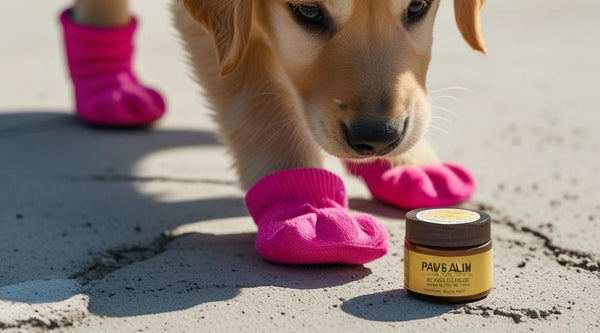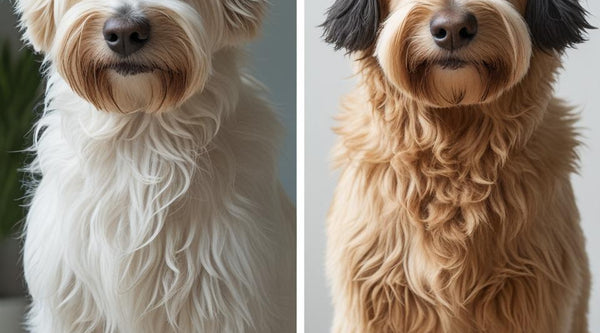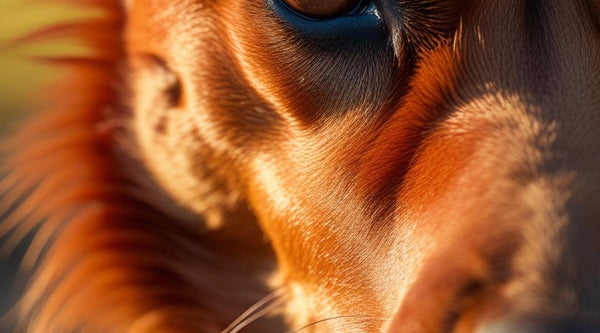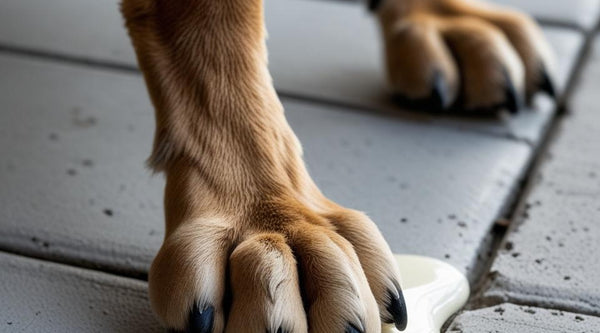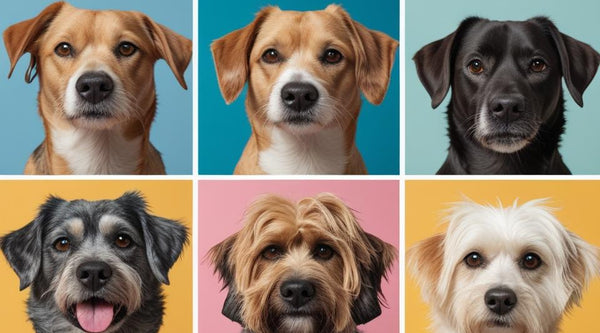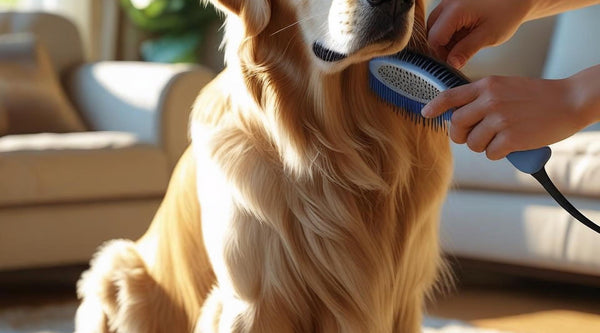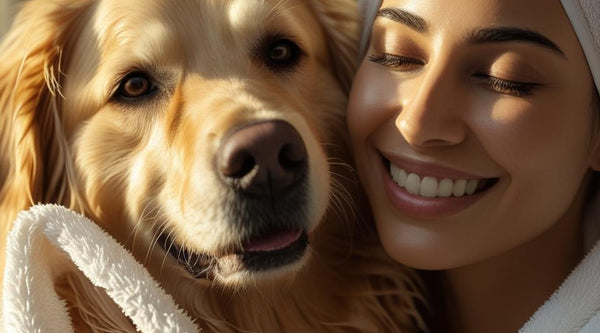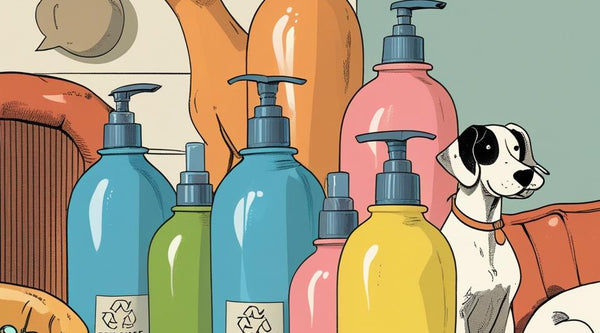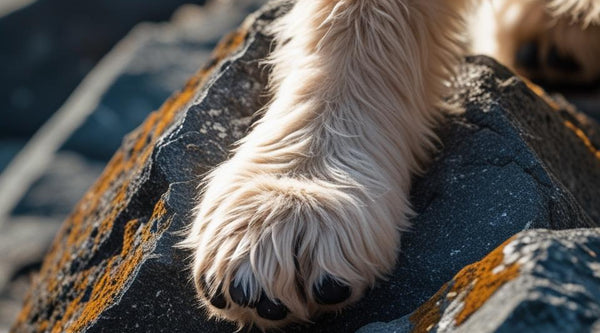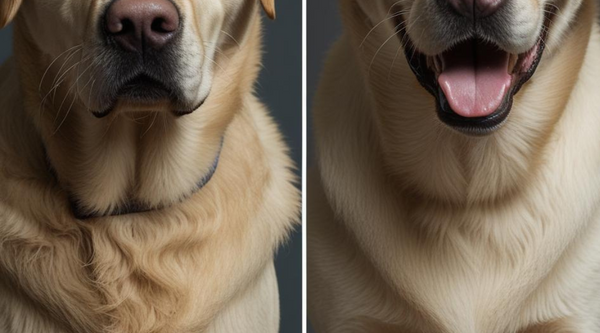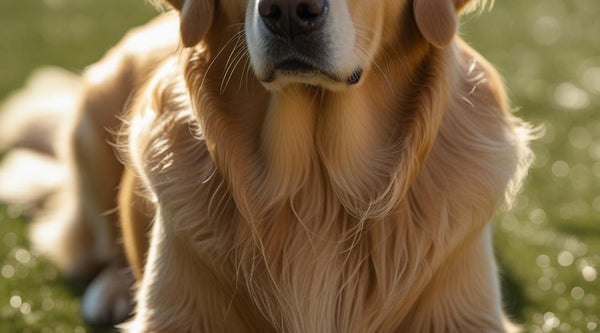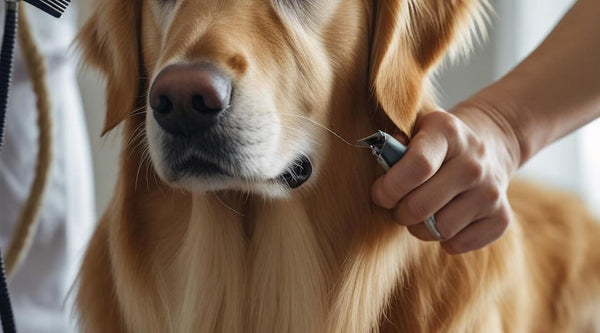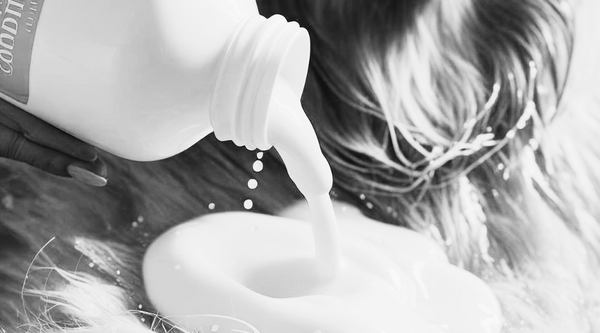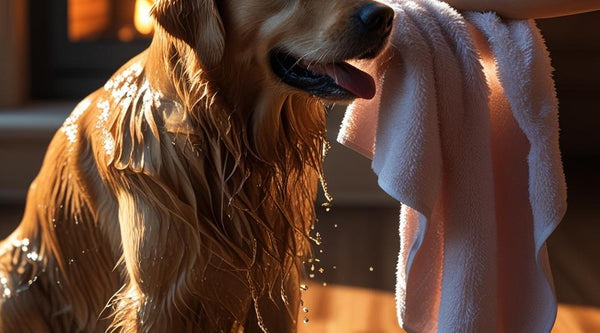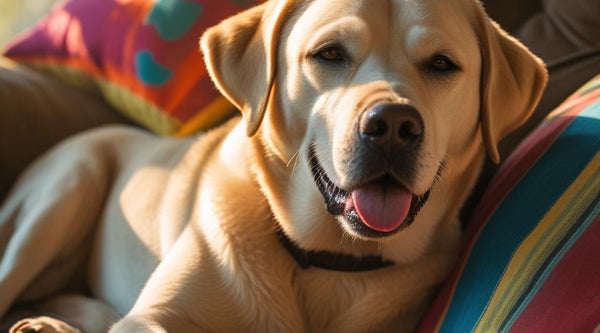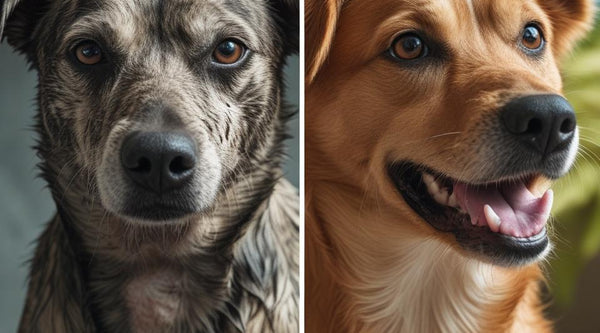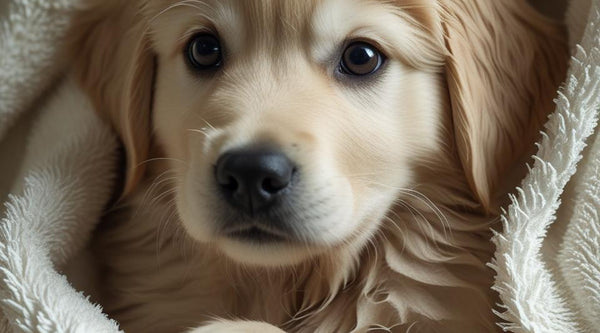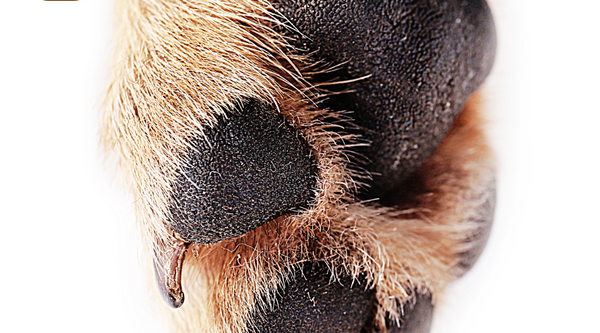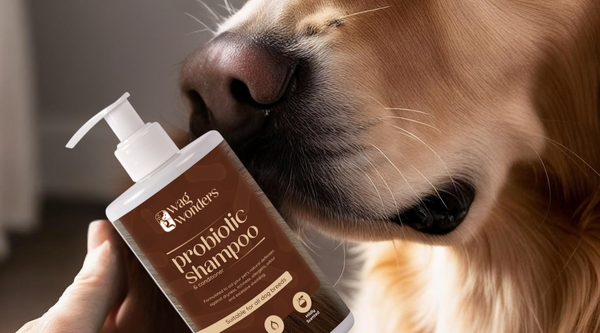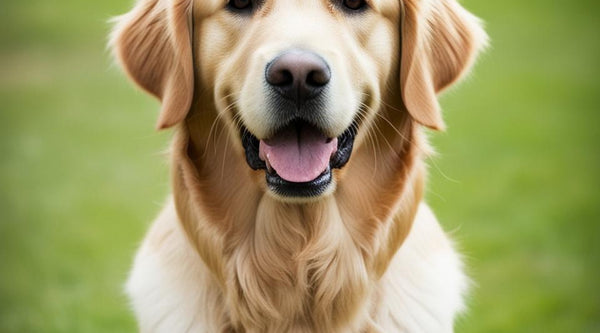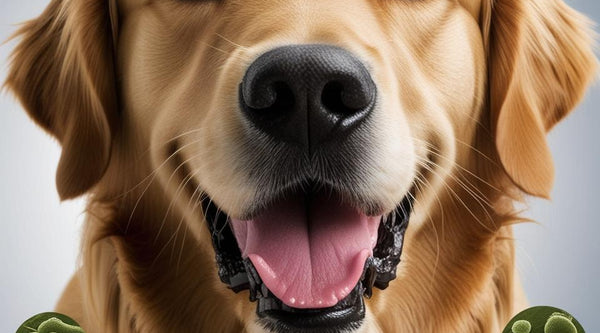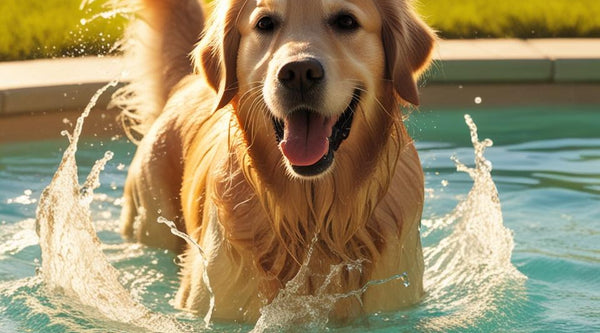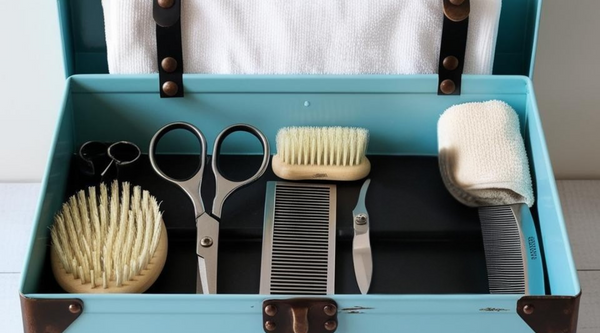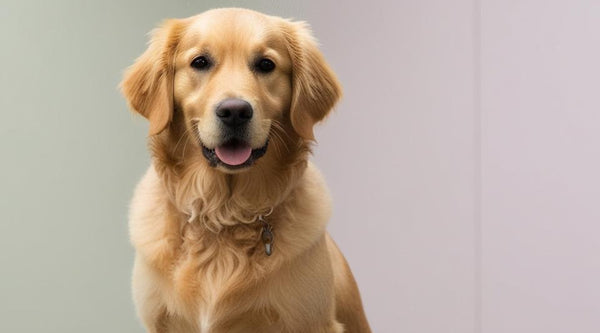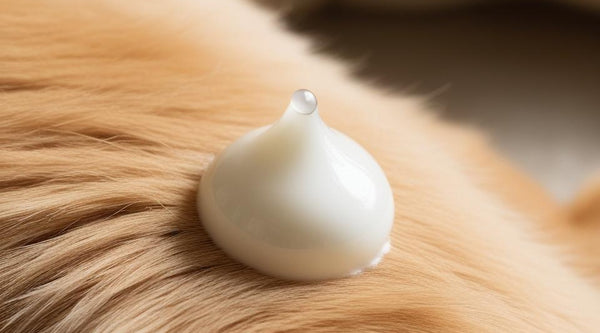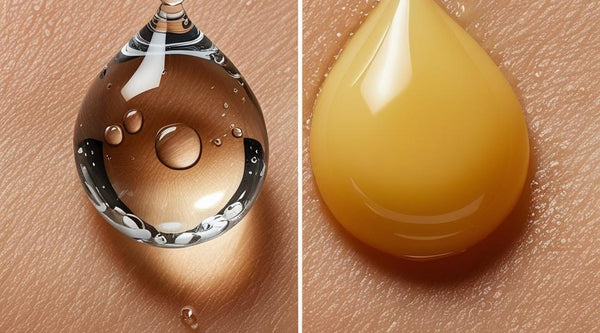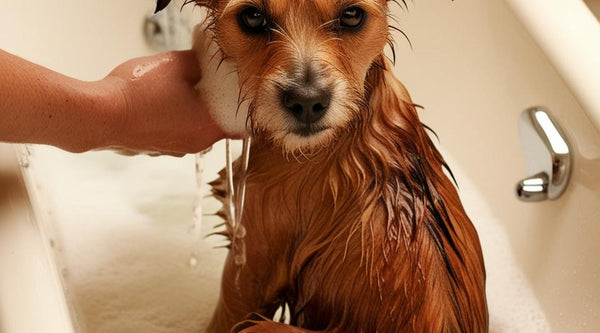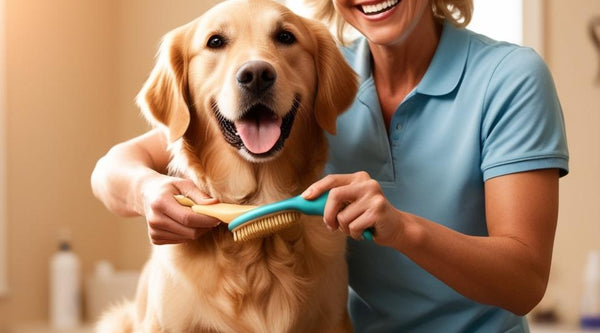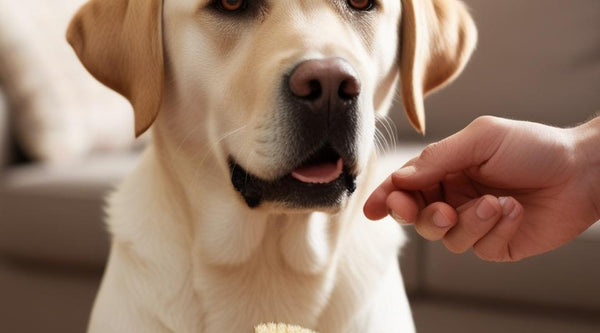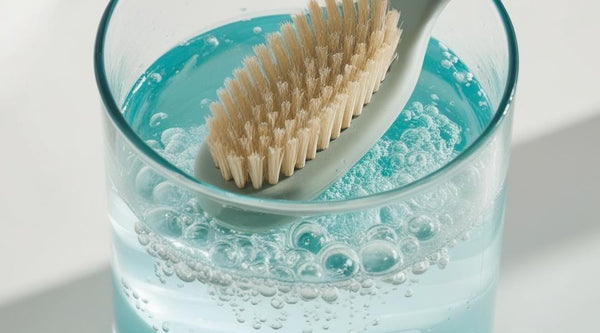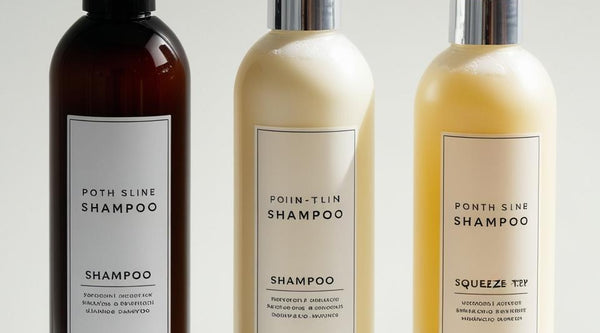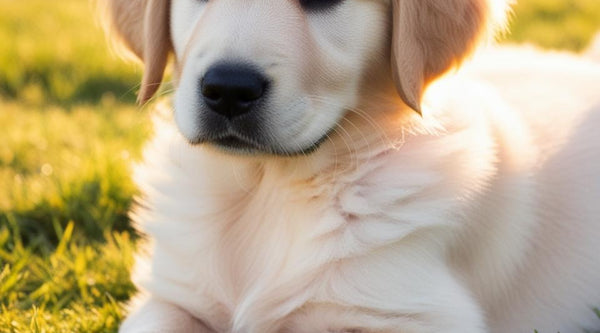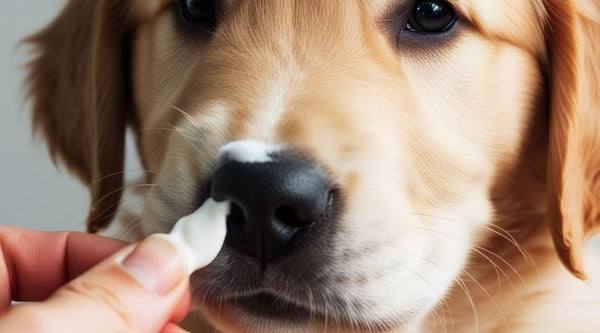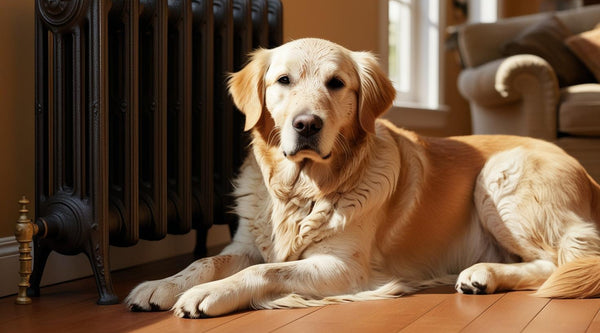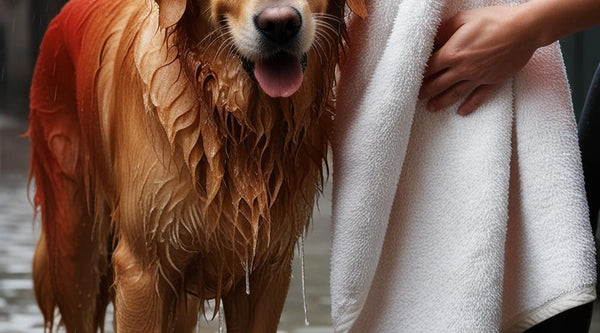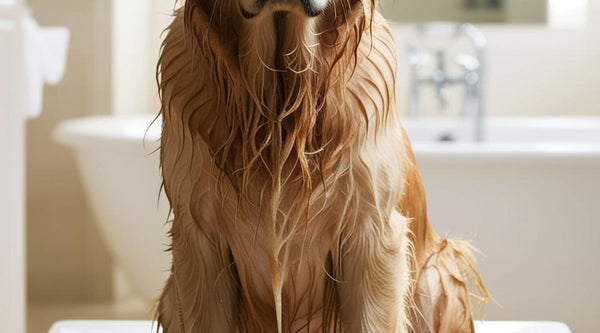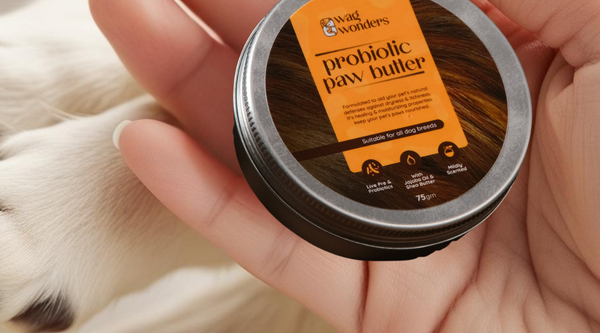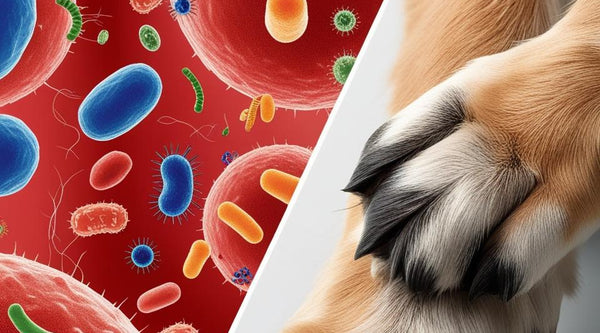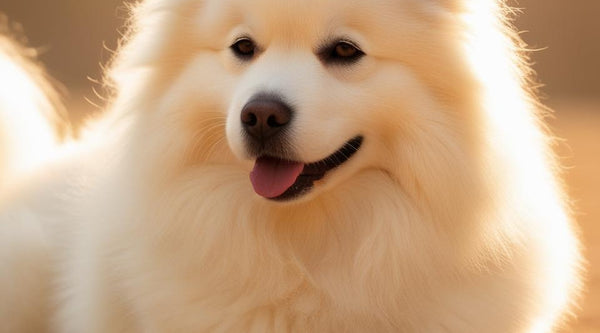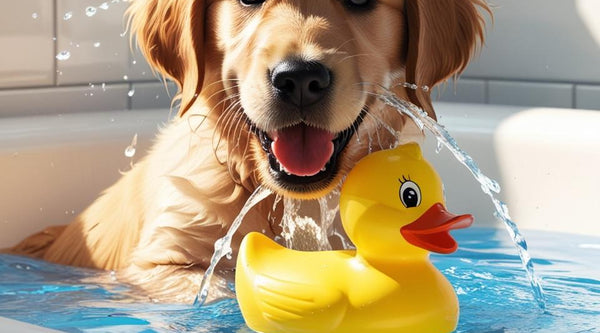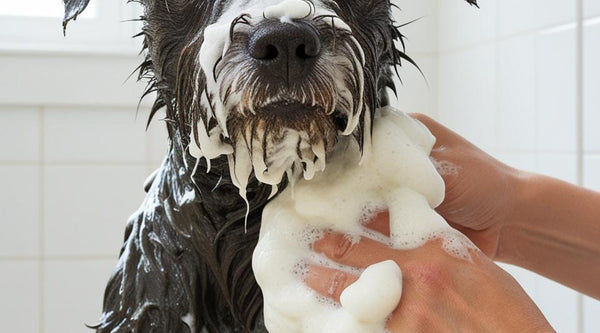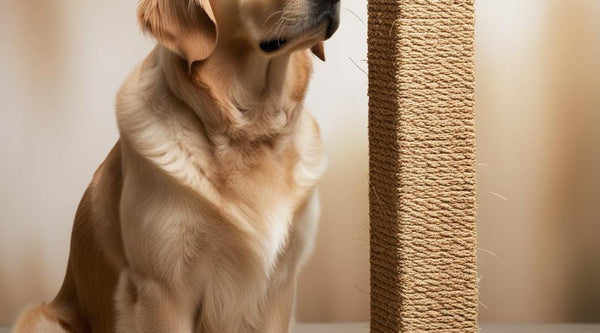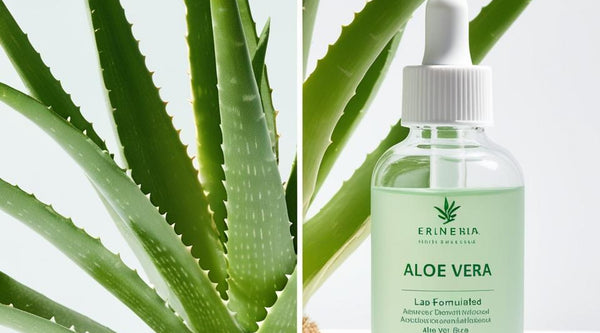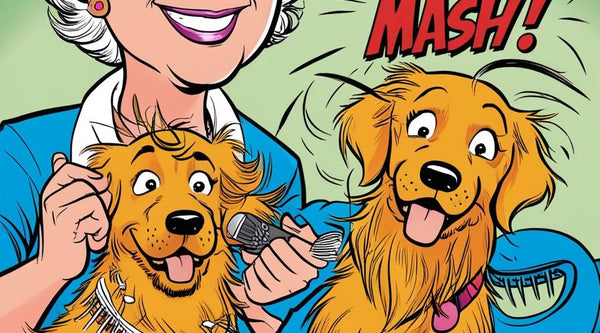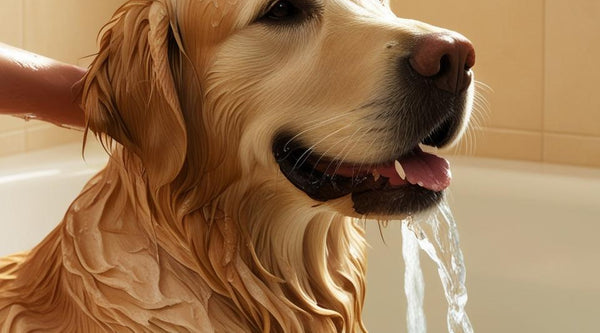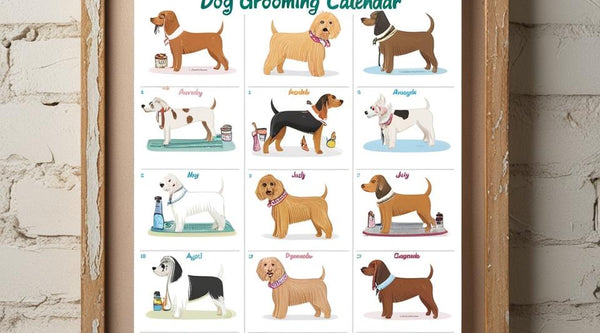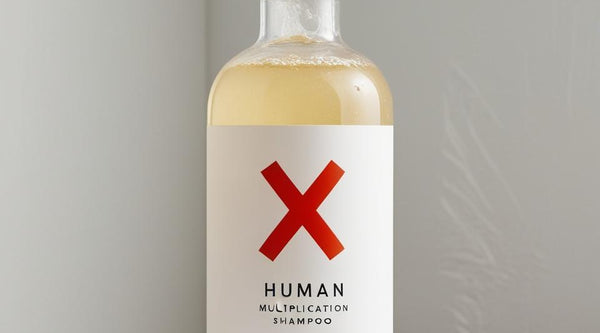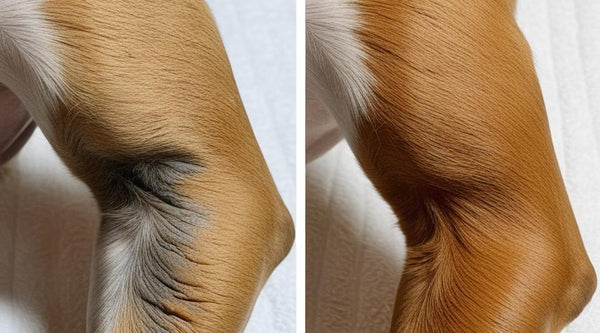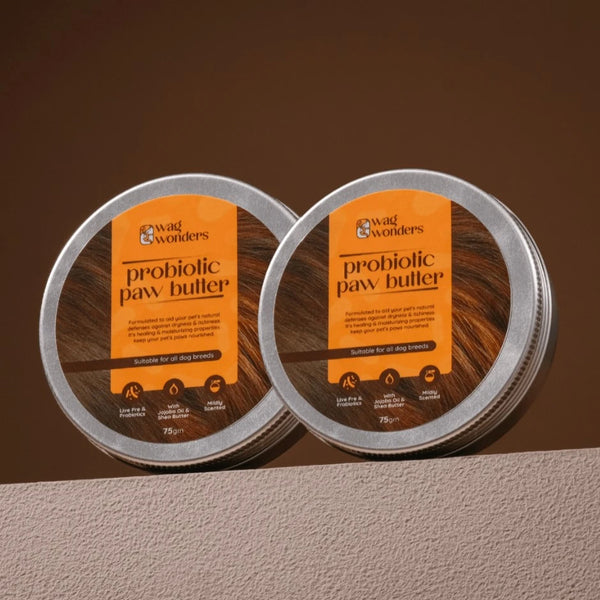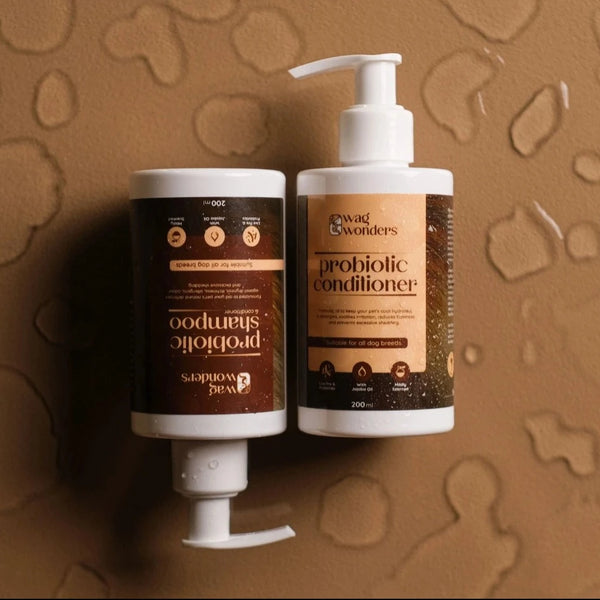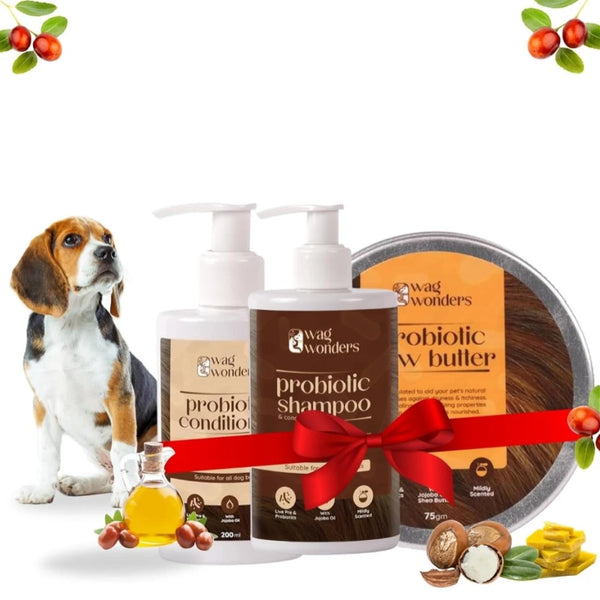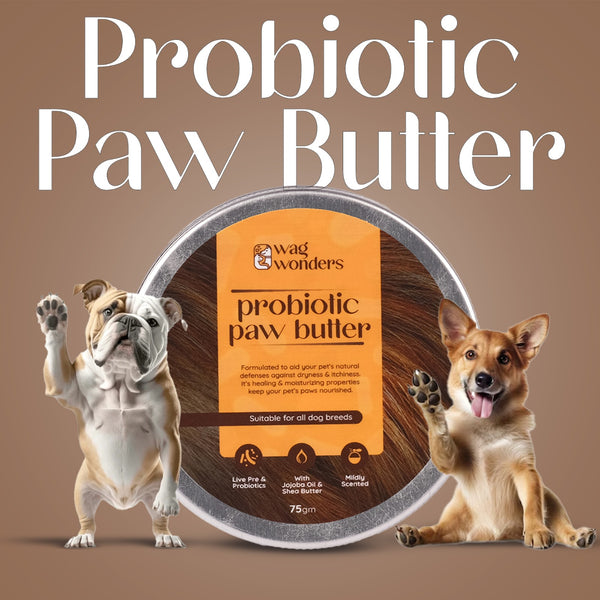How to Clean Your Dog’s Grooming Tools Properly
Keeping your dog clean is only part of the grooming equation—cleaning your grooming tools is just as important. Brushes, combs, scissors, and even nail clippers can harbor bacteria, dirt, and oil buildup if not cleaned regularly. This not only affects grooming results but can also impact your dog’s skin health, especially if they have sensitive or allergy-prone skin.
In this blog, we’ll walk you through the best ways to clean dog brushes and grooming tools to maintain proper grooming hygiene—and why it's essential for your dog’s overall well-being and skin microbiome.
🦠 Why Tool Hygiene Matters in Dog Grooming
Dog grooming tools come into direct contact with your pet’s skin and fur, often collecting:
-
Dead skin cells
-
Loose fur and dander
-
Natural oils
-
Dirt and bacteria
When left uncleaned, these contaminants reintroduce bacteria back onto your dog's coat during grooming. This can disrupt your dog’s delicate skin microbiome—the layer of beneficial bacteria that protects against infections, inflammation, and irritation.
Proper grooming hygiene = healthier skin, better coat, and fewer flare-ups.
🧼 How to Clean Your Dog’s Grooming Brushes and Combs
✅ Step 1: Remove Hair and Debris
Use a comb or your fingers to pull out all hair stuck between the bristles or teeth. You can also use a brush cleaning rakefor stubborn tangles.
✅ Step 2: Soak in Soapy Water
Fill a bowl or sink with warm water and a gentle pet-safe shampoo—preferably one enriched with prebiotics and probiotics. Soak the brush or comb for 10–15 minutes to break down oils and grime.
✅ Step 3: Scrub the Bristles and Base
Use a clean toothbrush or small scrub brush to gently scrub around the bristles and handle. Focus on any residue or gunk at the base of the brush.
✅ Step 4: Rinse and Dry
Rinse thoroughly with clean water to remove any soap or residue. Shake off excess water and lay flat to dry with bristles facing down.
📌 Pro Tip: Avoid soaking wooden-handled brushes to prevent cracking—use a damp cloth instead.
✂️ How to Sanitize Nail Clippers, Scissors, and Shedding Tools
✅ Disinfect with Rubbing Alcohol or Chlorhexidine
After each use, wipe metal grooming tools with 70% isopropyl alcohol or a pet-safe disinfectant like chlorhexidine to kill bacteria and fungi.
✅ Remove Rust and Build-up
For stainless steel tools, use a bit of baking soda and water to scrub away any rust. Dry immediately after rinsing to avoid future corrosion.
✅ Store Tools Properly
Keep tools dry and stored in a clean container or grooming bag to avoid dust and bacterial contamination.
🧴 Grooming Tool Hygiene & the Skin Microbiome
Just like humans, dogs have a natural skin microbiome—a diverse colony of good bacteria that helps protect against skin issues like:
-
Redness and itching
-
Yeast infections
-
Dryness and flaking
Using dirty brushes or tools disrupts this balance by reintroducing harmful microbes. That’s why our grooming products—like our probiotic-enriched Dog Shampoo and Conditioner—are designed not just to cleanse, but to support the skin microbiome. Pairing these products with clean tools ensures your dog gets the full benefit of a healthy grooming routine.
🐾 Grooming Tool Cleaning Schedule (Quick Guide)
| Tool Type | Cleaning Frequency |
|---|---|
| Brushes & combs | Weekly or after heavy use |
| Nail clippers | After each use |
| Shedding tools | Weekly |
| Scissors | After each use |
| Grooming gloves | Machine wash weekly |
Final Thoughts
Maintaining clean grooming tools is one of the simplest ways to improve your dog’s skin health. Whether it’s a gentle bristle brush or precision clippers, regular cleaning helps prevent infections, reduce shedding buildup, and promote a shiny, comfortable coat.
When you pair clean tools with microbiome-safe grooming products, like our prebiotic and probiotic-infused formulas, you’re not just grooming—you’re protecting your dog’s natural defenses.


